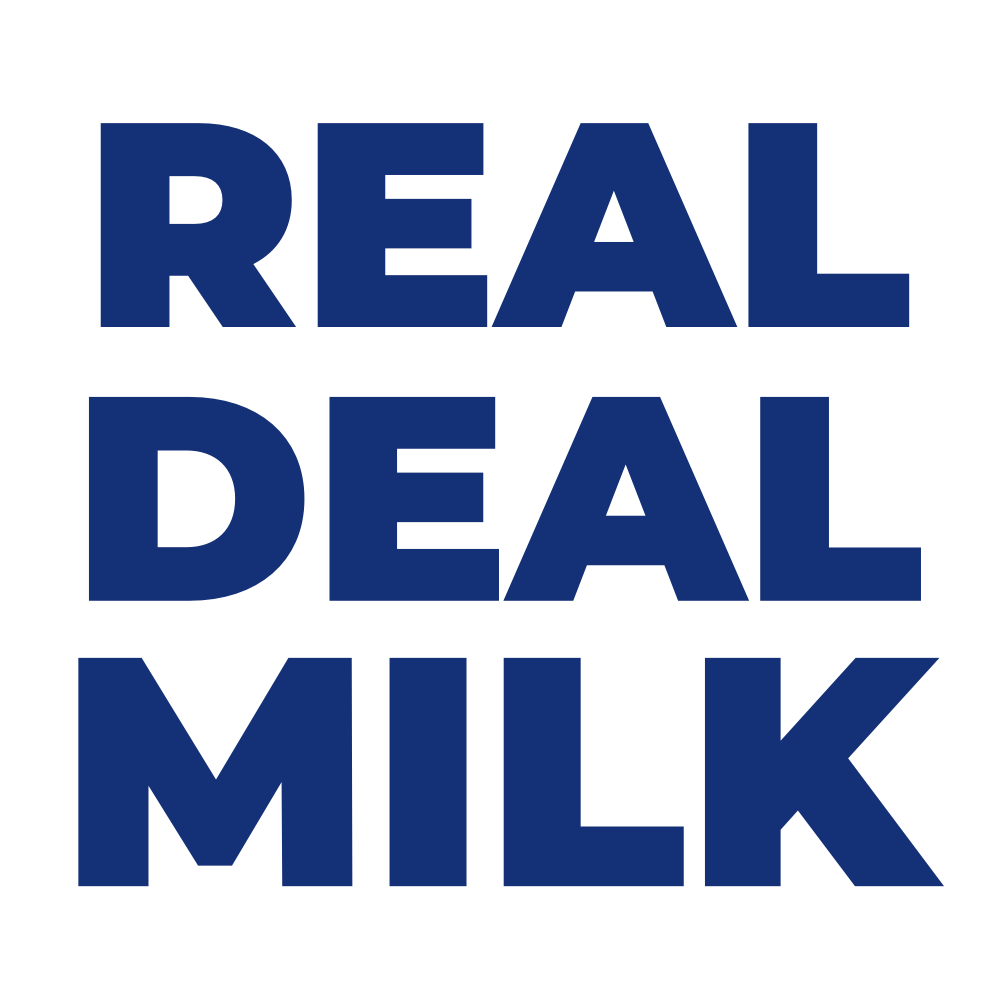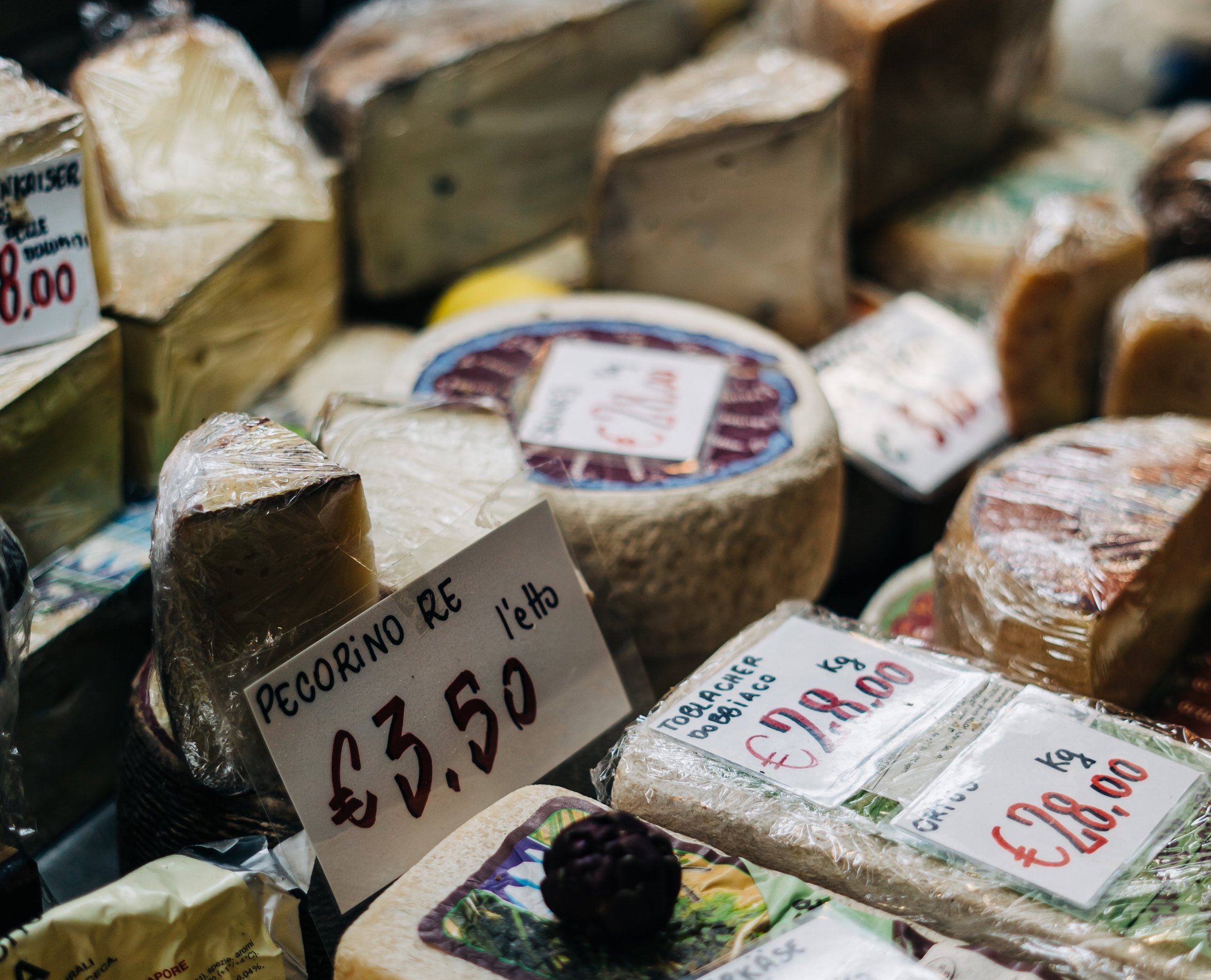Saving food culture with cultured food
What would culture be without food?
Food is defined as a substance we eat to maintain life and growth. Yet it is so much more. It’s an art, a celebration, a tradition. It’s a defining part of our culture, individually moulded by each country for hundreds of years.
This emotional and cultural connection to food adds an extra obstacle in modifying our diets for the good of the planet, as leaving behind some of these intrinsically established food traditions does not come easily.
So at Real Deal Milk, we want every country and family to preserve the recipes they’ve cherished for years, but this time using cultured proteins. So we can keep these special dishes and ingredients alive whilst making them sustainable and animal-free!
A country’s cuisine is a country’s culture
Cuisine is a defining feature of culture.
Food allows cultures to be transported across the globe. Whether you have moved to a new country and want to bring a taste of home, or take the flavours of home away with you on your travels. It provides a connection to your home wherever you may be.
Food also opens the door to discovering cultures across the world, granting you the opportunity to engage with a whole new sensory experience. Travelling to new countries always holds the excitement of what flavours you’ll uncover and recipes you’ll take home. These are recipes specific to not just every country but also each region. They’re foods that have stuck with the country’s residents through hundreds of years, and losing these culinary delights would enable a part of that culture to fade into the past.
European food cultures are particularly keen on dairy products. Travel to Spain, and you’re greeted by streets lined with tapas bars full of croquettes and manchego, with families gathered dipping churros into hot chocolate. Hop over to France, where bakeries are overflowing with buttery pastries and cheese is a passion, of course, accompanied with good wine. Move over to Italy, where mozzarella releases its full potential melted upon a pizza and parmesan is a household staple. Whether it’s as obvious as a lump of cheese or a subtle splash of milk or knob of butter, the dishes will never be the same without these dairy ingredients.
Conserving these dishes allows each country’s individuality to continue and each person to connect with their cultural heritage.
Let’s celebrate, let’s eat
Occasions of celebration are always linked with food, because is there any other way of celebrating apart from eating?
We’ve created foods only to be eaten on certain occasions, solidifying them into our traditions. Could you imagine eating mince pies in May or a birthday without a birthday cake? It would just be wrong. These foods hold such significance to the occasion and to tradition. For example, the Christmas dinner table takes on a slightly different look in every household based on a family’s traditions. Once these traditions have been built into our celebrations by passing them down through generations, it makes people hesitant to change in fear of losing a fraction of their heritage.
Such traditions vary throughout the globe, adding an extra layer to each country’s food culture and accentuating the significance food plays in every celebration.
The plant-based gap
Plant-based dairy alternatives can be great; they’re just not the real thing.
Using plant-based milk for your cereal or a non-dairy spread on your toast won’t be making any significant changes to our cuisine. However, omitting or substituting dairy makes it a struggle to maintain famous dishes when the recipe has to be compromised. You can’t get the same buttery richness in your brioche or stringy cheese on your pizza with the current plant-based alternatives.
Additionally, the wide variety of dairy products doesn’t exist within alternatives. This is particularly problematic with cheese as there are around 1,800 different cheeses out there in the world (Wisconsin Cheese), each with its unique flavour and texture and each critical to different cuisines.
Therefore through precision fermentation, we will be producing cultured ingredients identical to those from animals. So there’s no need to worry that your famous family recipe will turn out differently, or your cheese board will dwindle to one lonely cheese. These recipes can be conserved, and our food culture preserved, but with animal cruelty and environmental destruction left in the past.
At Real Deal Milk, we value in the importance of food culture. With our European roots, we can’t help but feel connected to all of the incredible food landscapes found on this continent, one where dairy features highly. However, we put the planet and the animals first. We can provide sustainably produced and cruelty-free dairy through cultured dairy, all without compromising the cuisine and traditions that make up our food culture. It’s the perfect solution.
References
Wisconsin Cheese. Different types of cheese. https://www.wisconsincheese.com/about-cheese/different-types-of-cheese




